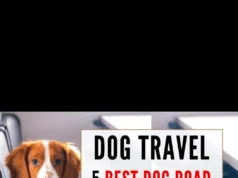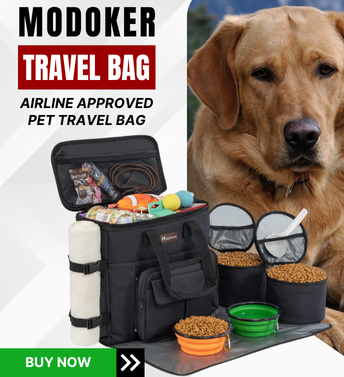Trails and short hikes are an awesome way to get out of the house and experience the outdoors with your dog.

Today we've got 15 tips to make that as enjoyable as possible, shared with us by Ian Stone from Simpawtico Dog Training which you can find at facebook.com/simpawtico.training
Tip #1: GEAR UP RIGHT
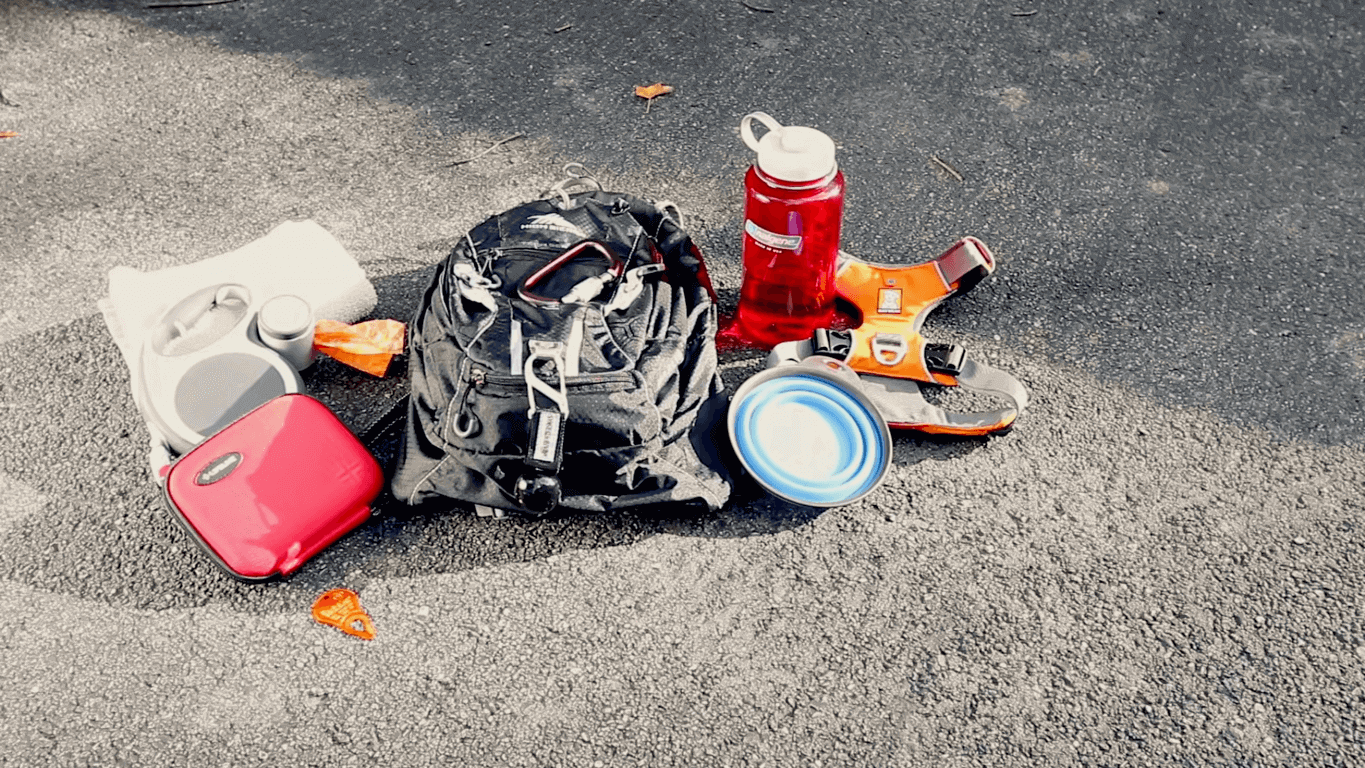
Before you embark on your little mini-adventure you need to think a little bit about the stuff you're going to wear, use, and bring so tip number one is to gear up right. Make sure both you and your dog are equipped properly for the day's adventure.
The regular hardware you use may not be the best thing in every instance. Be flexible and approach each adventure as its own little thing. For dogs, you'll want to use a flat collar or a body harness. Front harnesses restrict some motion in the shoulders so a body harness is the safest most secure option.
If your dog doesn't walk well on a leash then a front-hook harness is the best choice for you, in which case you'll want to stick to flat trails on firm ground.
Use a solid leash. If your dog is well-trained a retractable leash will give them a little more space to have fun. There is a caveat to using one, though: a lot of trainers out there and even some on YouTube say that the best way to use a retractable is to throw it in the trash. I personally think that that's superficial problem-solving.
A retractable leash is a tool and like any tool, there are proper ways to use it and improper ways to use it, and there are skilled users and unskilled users. You have to take into account your handling skills and how well-behaved your dog is. If your dog is not well behaved and does not respond to commands amidst distractions you should not use a retractable leash.
Also, use a seat cover and some kind of car restraint for your dog. This will keep your dog safe during the drive and your car clean after the hike.
Tip #2: IDENTITY
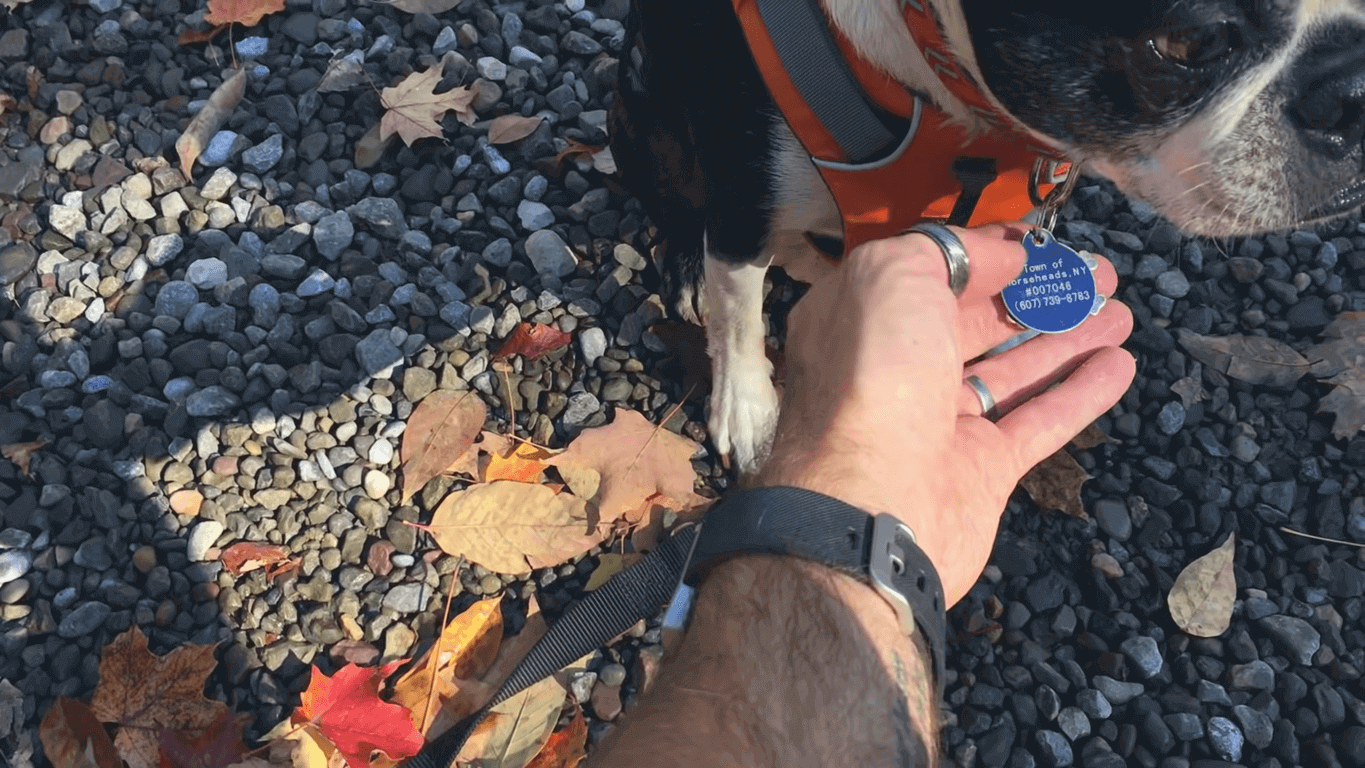
Guys, things happen. Collars break, leashes drop, harnesses slip off. It's critical that your dog is carrying ID at all times when they're away from home so you can make sure they get back home safely.
Tip #3: OBEY LEASH RULES
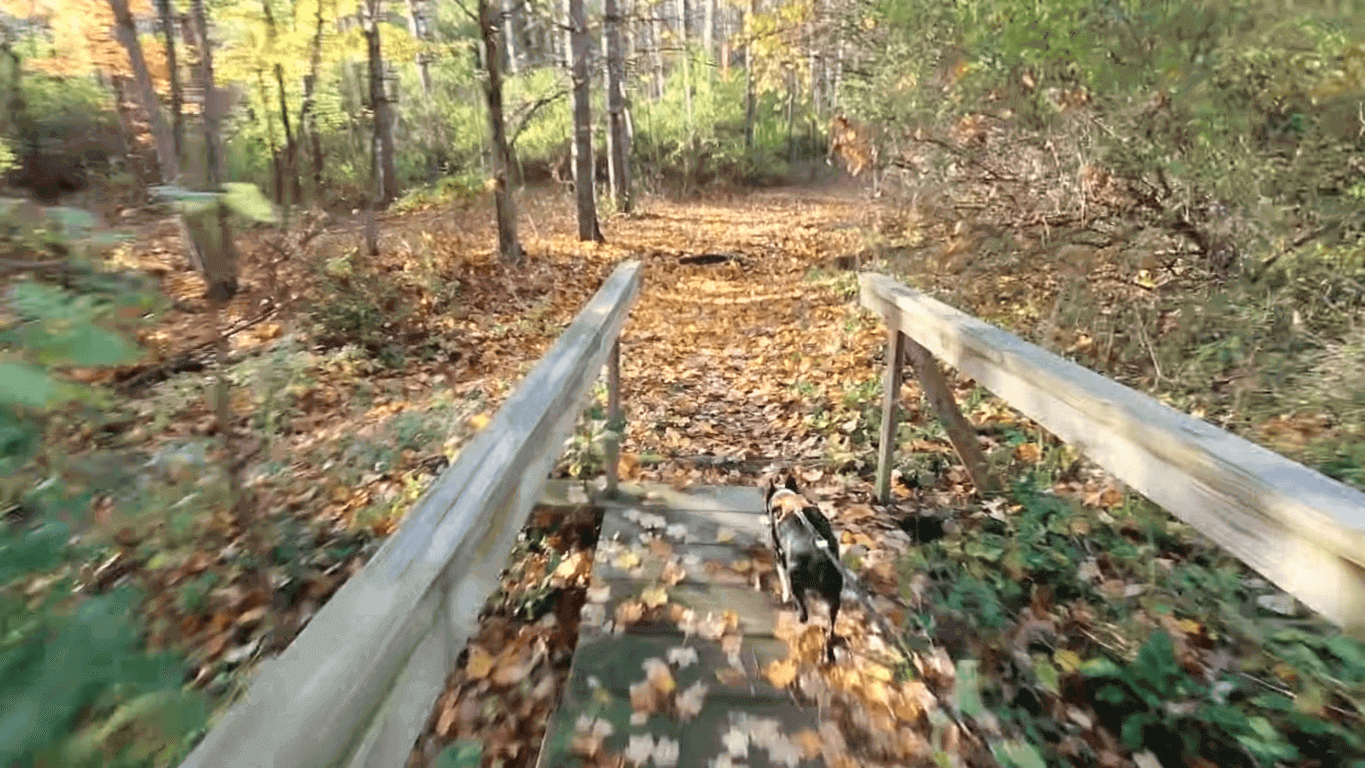
Leashes are required for several reasons. It's for your safety, your dog's safety, the safety of other people, and the safety of other dogs. There are countless variables in a public setting that you cannot predict.
No matter how good you think your dog is, it's not always about your dog causing the problem. Sometimes it's other people, other animals, and factors you've never even dreamed of. Also just because your dog is friendly doesn't mean all dogs are friendly.
Not everyone you meet on the trail wants to meet your dog. Some people don't like dogs, or are afraid of dogs, or can't physically handle being jumped on. Everyone has the right to walk in a public place without having to encounter your loose dog. The concept of consent applies here just as much as anything else in our lives.
Tip #4: CRITTER CONTROL
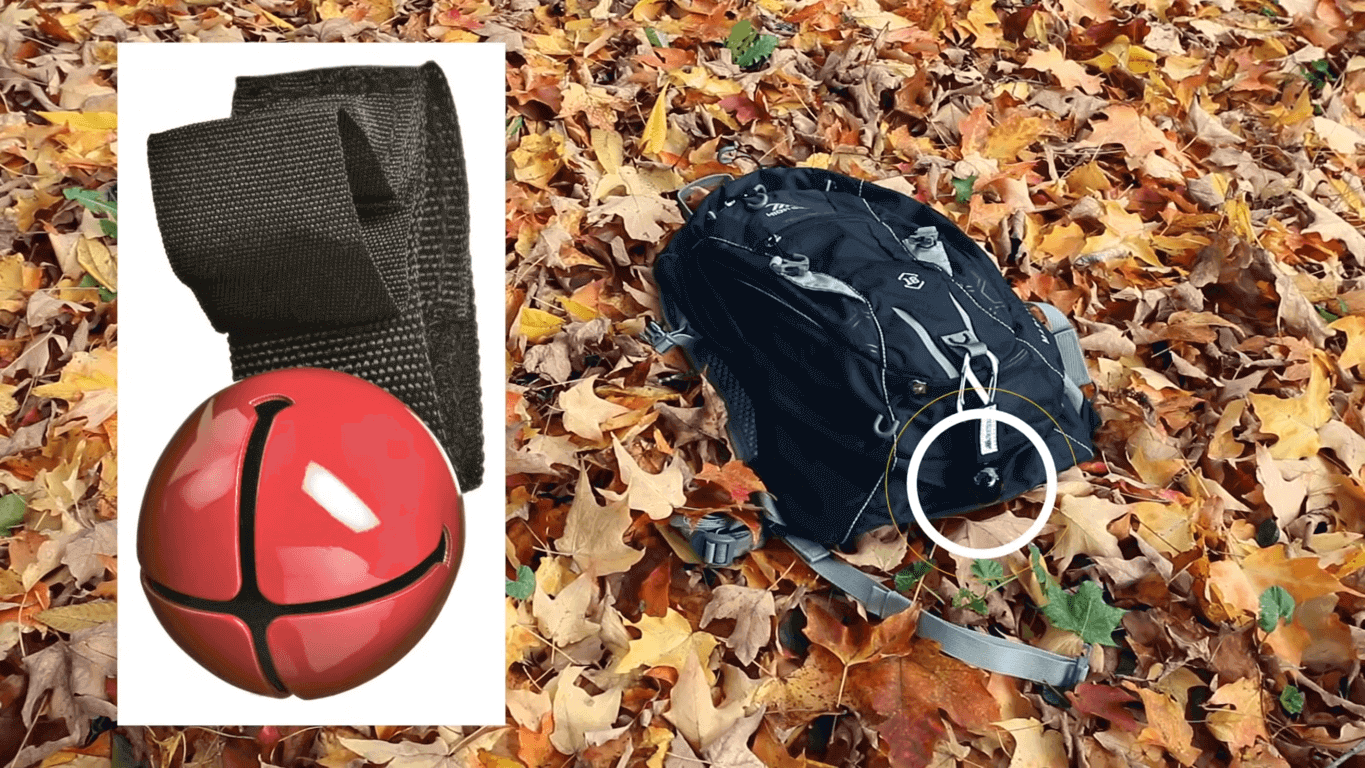
Think about critter control. First off, be aware of the kind of critters you can encounter in your area. Here in upstate New York, we have a ton of ticks. We also have black bears and, in these hills, rattlesnakes.
The best critter control strategy is being proactive. For starters, dogs should have a flea and tick repellent or treatment. You may want to consider vaccinating your dog against Lyme disease too.
Also, a Bear Bell is a good thing to clip onto your leash, your dog, or even your backpack. Most wildlife will beat it if they hear you coming.
Tip #5: CONSIDER A TREK POLE -or- STICK

Trekking poles and walking sticks not only help with balance but also help reduce the wear and tear on your knees and legs while improving overall circulation.
Tip #6: FIRST AID
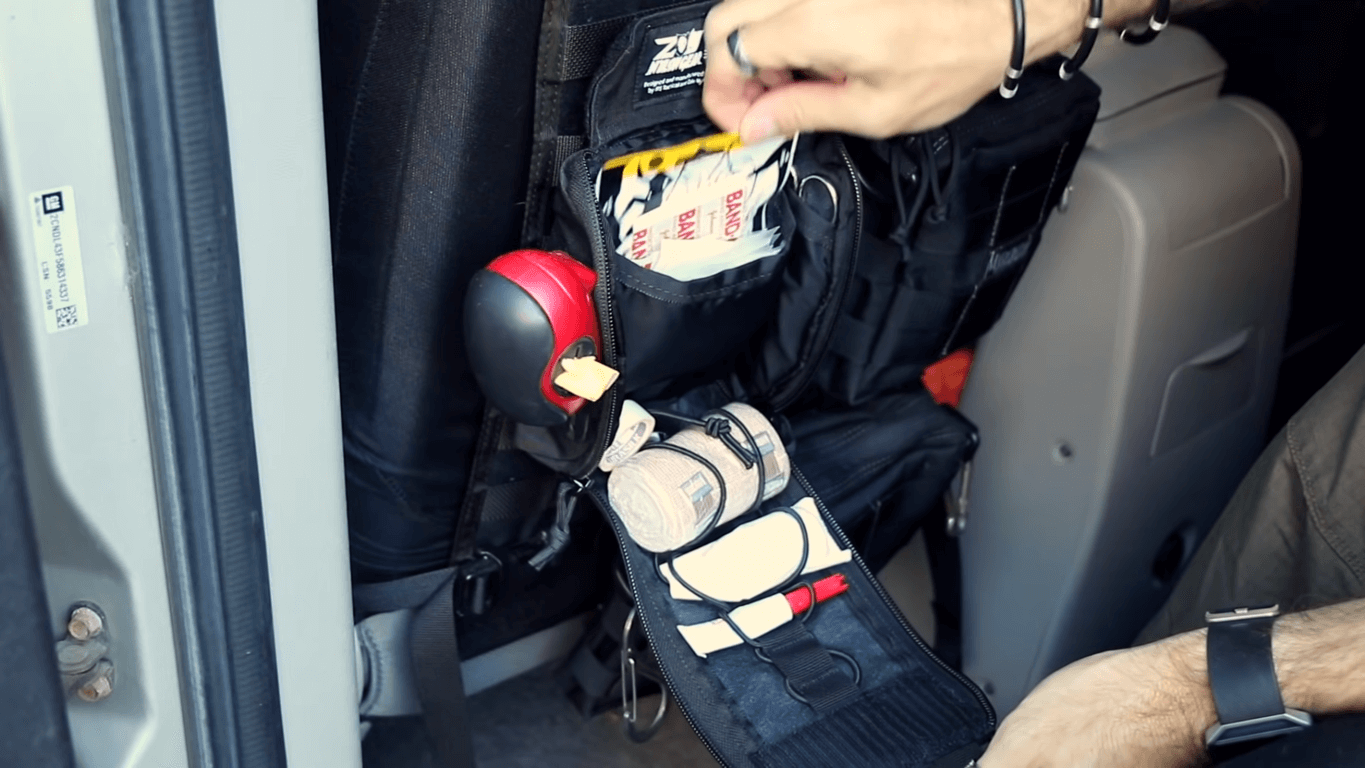
Don't forget to think about first aid. A good first aid kit isn't just for the dog, it's for you too. There are occasionally going to be nicks and scrapes, bites and stings, and minor irritations. There may potentially be more serious cuts and scrapes if you or your dog take a tumble, which is always more likely if you're managing a dog on a leash.
I've got an easily accessible trauma kit that's attached to the back of my car seat so I always have it with me. You could also get one of these small kits at your sporting goods store and drop it in your pack or stow it in the glove box of your car.
Tip #7: PACK YOUR POO

Please make sure that you always pack your poo. Dog poop is one of the most common carriers of parasites like tapeworm and roundworms, and bacteria like Salmonella, giardia, and cryptosporidiosis. In 1991 the EPA labeled dog poop as a non-point source pollutant which technically puts it in the same category as insecticides, oil, grease, and acid drainage from old mines.
I'm not trying to scare you. All of us dog owners deal with dog poop every day and if you're smart by using baggies, disposing of it responsibly, and watching your hands you'll be fine. But allowing many dogs to poop in an area that is not picked up can potentially lead to serious issues.
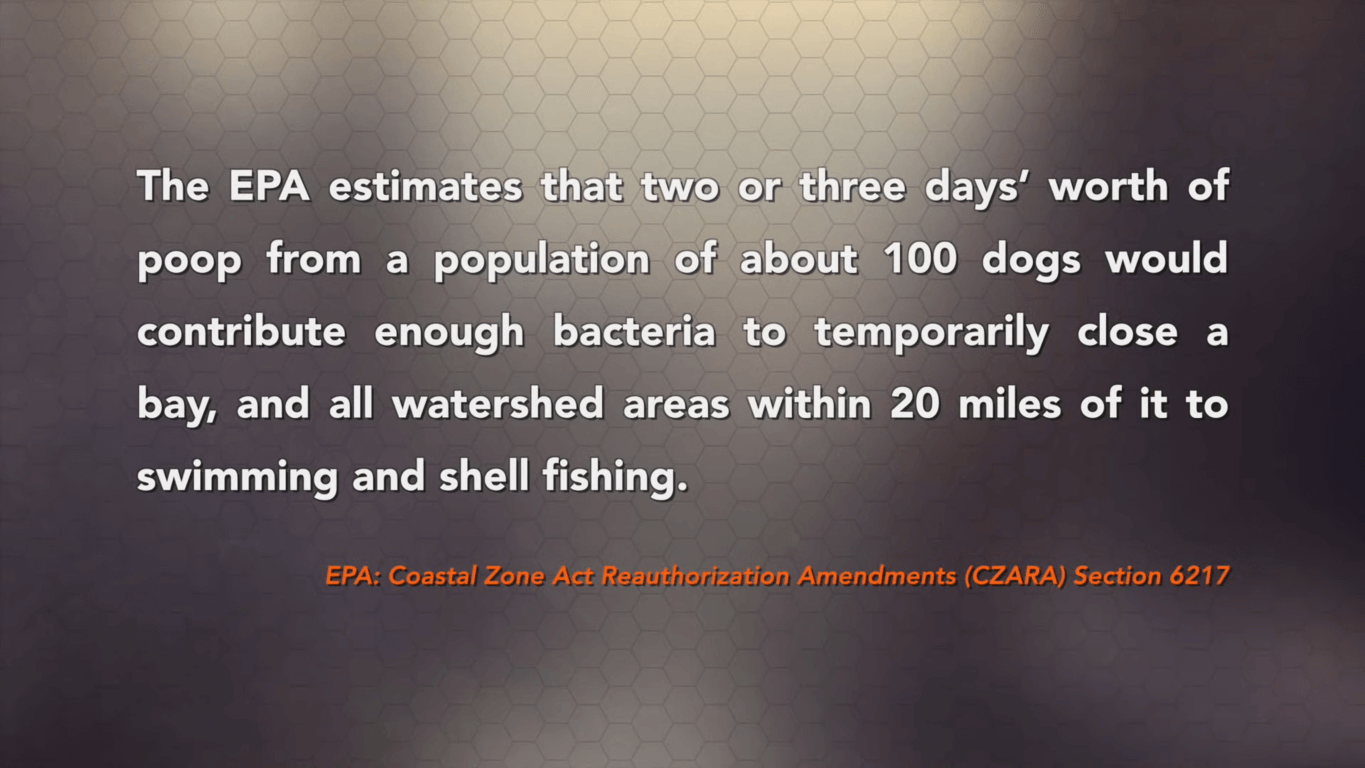
Case in point: the EPA estimates that two or three days' worth of poop from a population of about a hundred dogs would contribute enough bacteria to temporarily close a bay and all watershed areas within 20 miles of it to swimming and shellfishing.
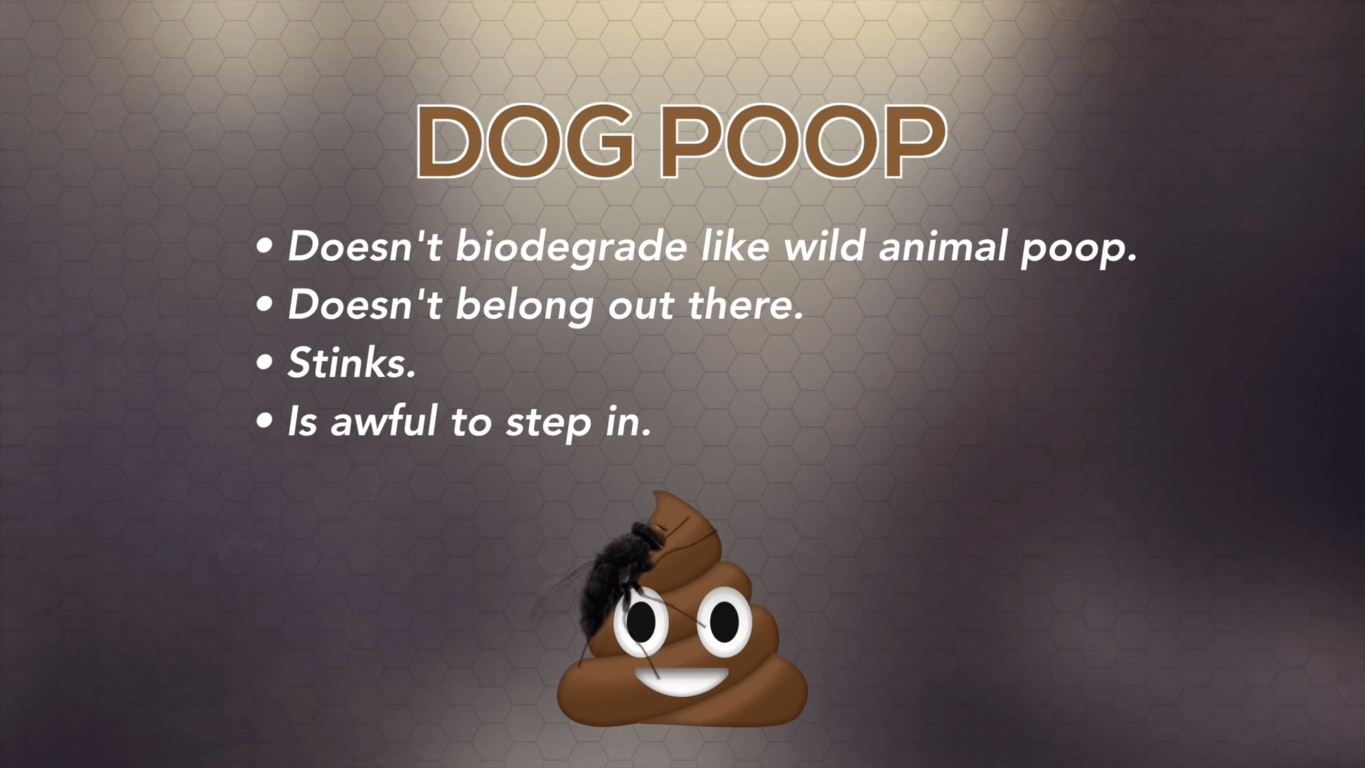
Plus dog poop doesn't biodegrade like deer or squirrel poop does, and it's annoying to see, smell, and especially step in when you're out walking. Bottom line is pick it up, pack it out, and dispose of it like a grown-up.
Tip #8: WATCH FOR HEATSTROKE

Even though the outdoors are beautiful, keep an eye on your dog and watch for signs of heatstroke. If your dog's internal temperature gets over a hundred and nine degrees you're going to have serious trouble. Know your dog's limits and don't allow them to overexert themselves. They'll just keep on truckin' to make you happy so you've got to be sensitive and smart.

If you see a bright red tongue hanging out the side of their mouth, deep labored panting, lethargy, and other symptoms you should get into the shade, stop, and wet their chest and armpits. In serious cases heatstroke can even be fatal; you may need to hightail it to your vet.
Tip #9: TAKE BREAKS

Best bet is to be proactive though so make sure you take breaks. Whether or not your dog is getting overheated it's a good idea, in any event, to stop and take periodic breaks. Sit on a bench, hang out in the shade and get a drink of water.
Tip #10: BRING A CARABINER
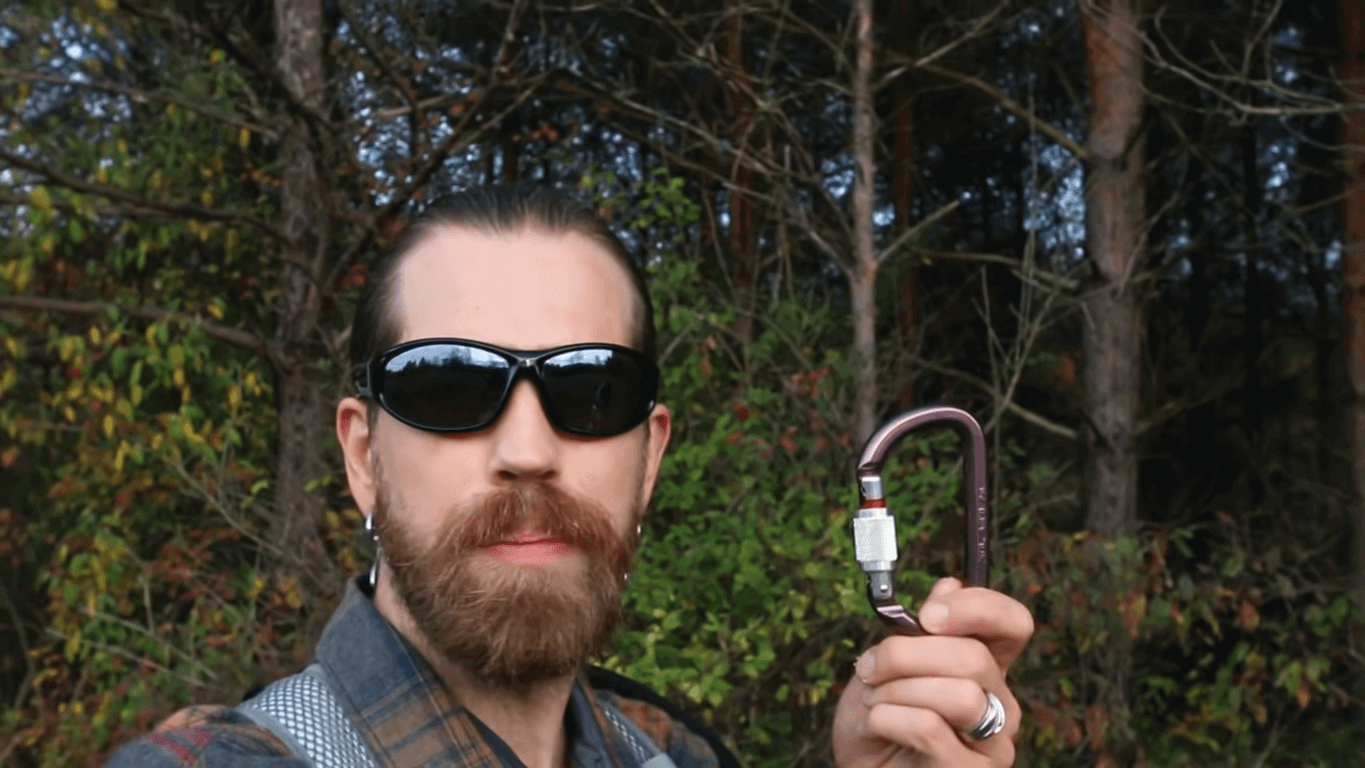
There are plenty of reasons why you may want to be hands-free for a moment. Being able to clip to your belt, backpack, a tree, or a bench can be very beneficial. If you need to get something from a pack, get a drink of water, or just want to take a picture of something cool being able to secure your dog for a moment is important.
Don't cheap out on this. Do not buy you one of those carabiners you find at Walmart next to the register to put your keys on. These are not rated for weight and the pins will fall out of the hinge. Get a climbing carabiner with a locking gate. I picked one up at Field & Stream for about $16 and I've got two more locked to D-rings in the back of my car.
Tip #11: BULLETPROOF RECALL
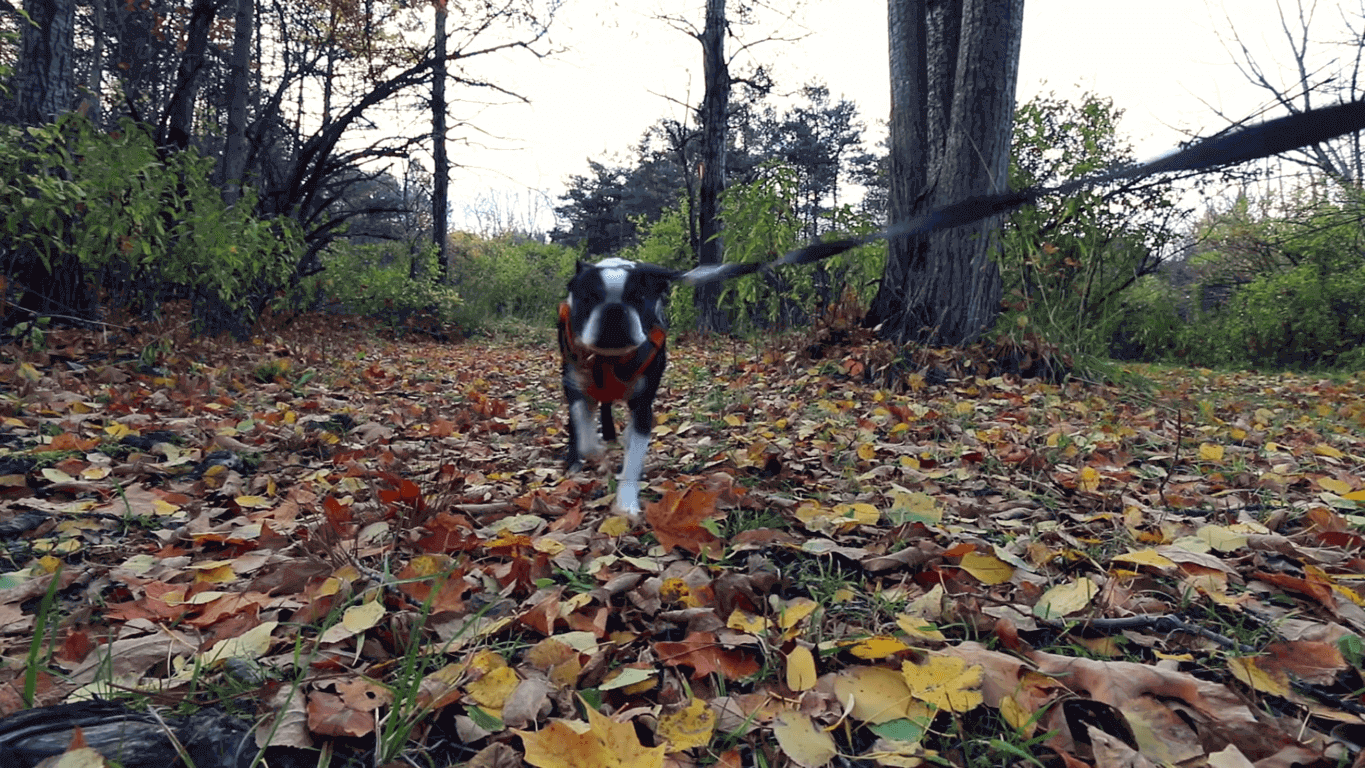
Having your dog come when you call is not just a basic skill it's a potentially life-saving one. A fun way to proof recalls is to have your dog come to you every so often during your walks. Every hundred yards or every ten minutes or so stop, call your dog to you and then reward them immediately with praise and the continuance of the walk.
Tip #12: BULLETPROOF LEAVE IT
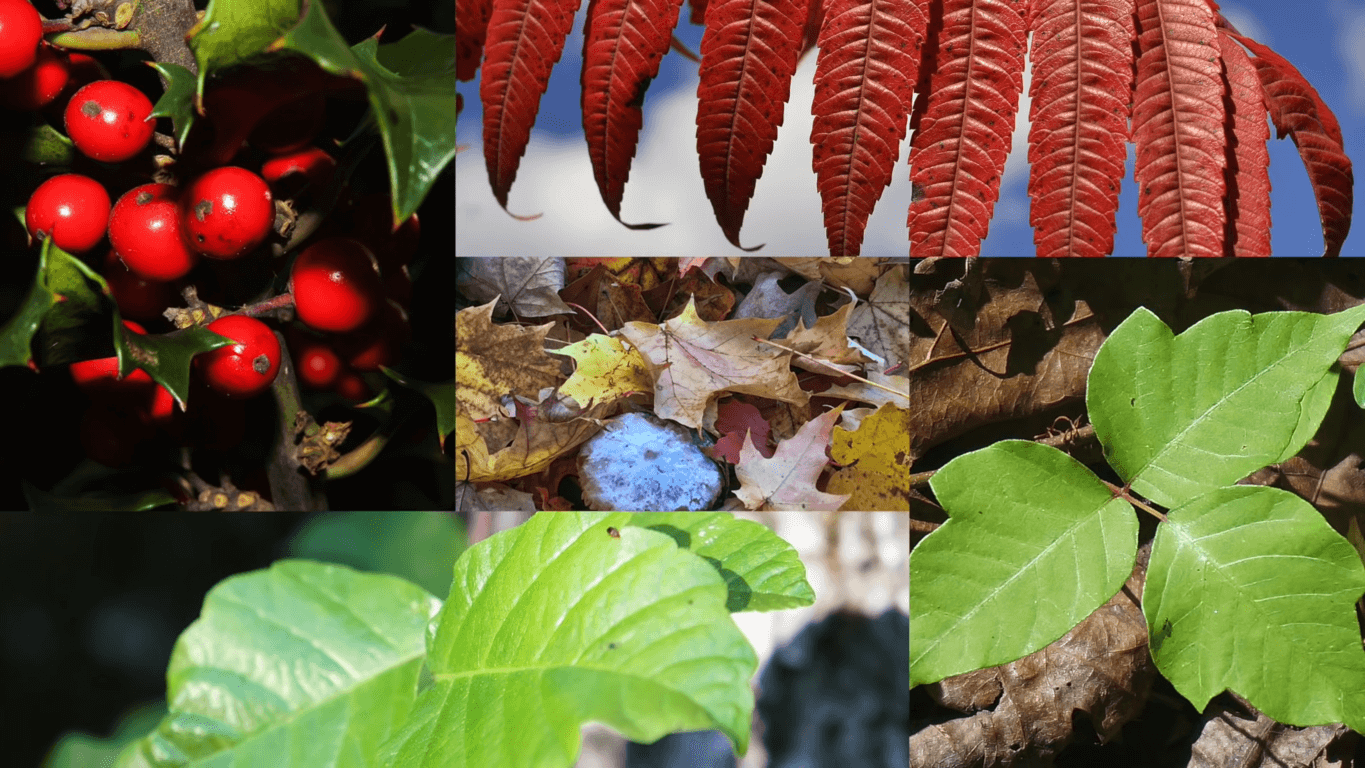
Out here there are mushrooms and fungus on the trail. In the fall like this, you might not see them amongst the leaves but your dog's nose will sniff it out. There's also mistletoe, poison ivy and poison oak, sumac, not to mention wildlife.
Don't just practice your Leave It inside in the kitchen. Take it outside and proof it with distractions while you're in motion.
Tip #13: BRING A TOWEL
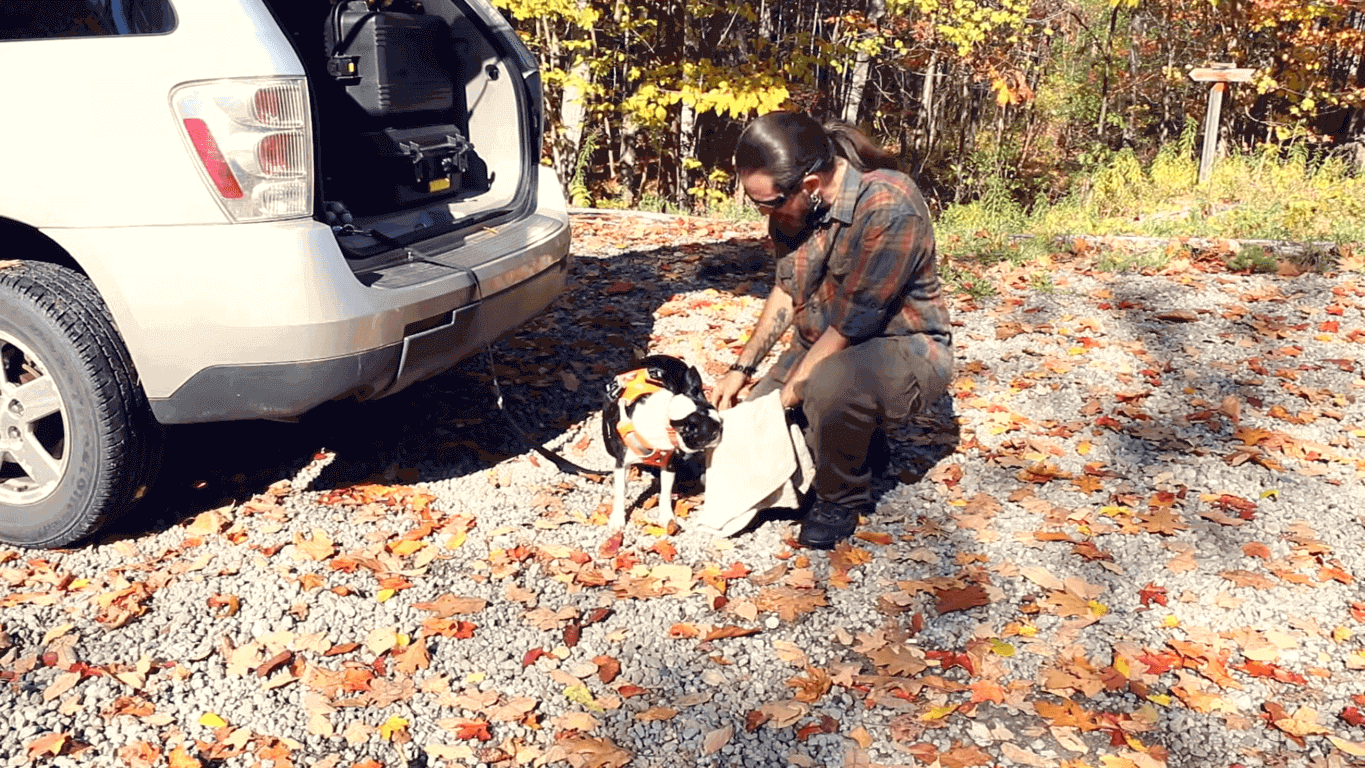
If there's dirt, mud, or snow on your dog, a brief toweling down will be a necessary step before they get into the car.
Tip #14: POST-ADVENTURE ASSESSMENT

Wiping them off is also a good time to do a post-adventure assessment. Use this time to check for ticks, most importantly. You should have a tick remover in your first-aid kit or at least one that you brought along. Also look burrs, cuts, and allergic reactions.
Immediate issues can be addressed with your first-aid kit. Make a note of other stuff to take care of when you get home.
Tip #15: BE AN AMBASSADOR
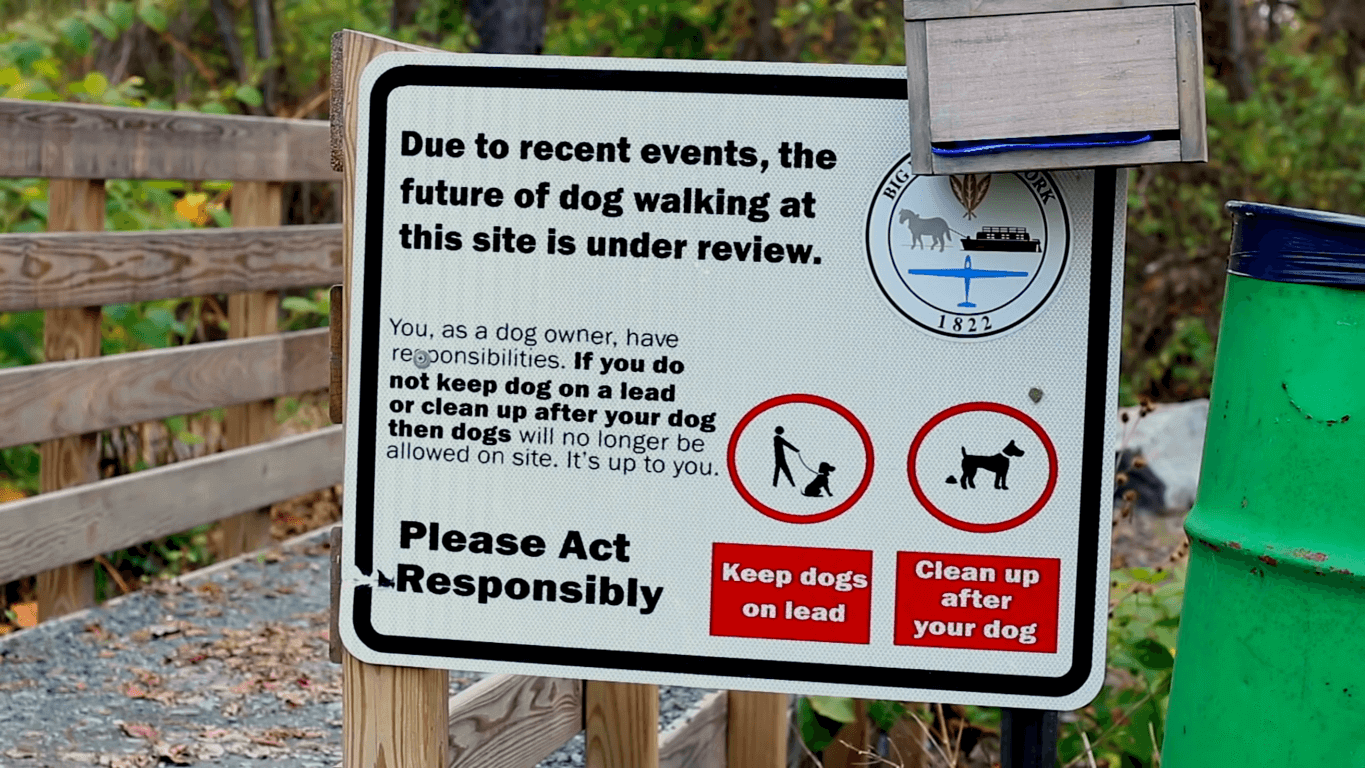
Finally guys the last one is just being an ambassador for dog owners. Don't let your dog trample vegetation off the trail, don't let them chase small animals, don't let them harass other people out walking, and definitely don't let them leave poop everywhere. Having our dogs in places like this is a privilege and a responsibility so we need to act accordingly. Privileges can be taken away if there are too many incidents involving off-leash dogs and dog pooping left behind.
It's up to us to be responsible and keep these places open to dogs. There aren't enough places as it is, so set an example of what responsible dog ownership should look like.
You can watch the video of Ian and his pup Bobo below:



